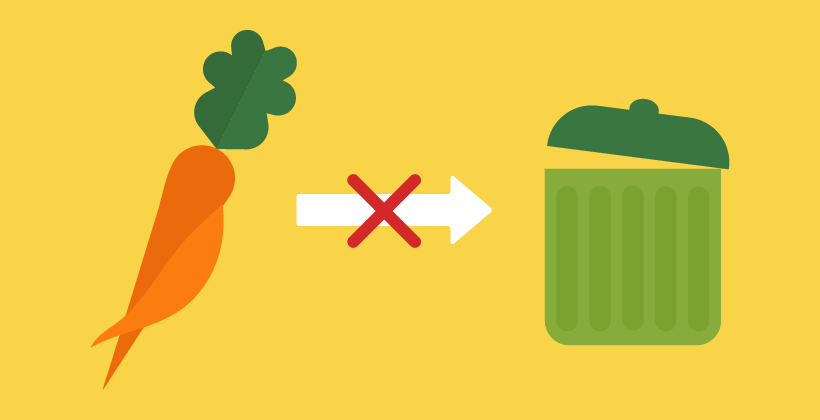Why do we process food?

Almost all food is processed in some way before it is eaten. Even fresh vegetables from the garden are first cleaned and trimmed. To start with, processing made foods more edible, palatable and safe, and preserved it for rainy days. Nowadays, food is processed at home – think of all that happens in our kitchens, and on an industrial scale – think of all that occurs before we open and unpack our groceries.
Mass food processing, scientific and technological know-how, and progress in storage and transportation, have allowed for greater food choices and a more varied diet, increasing the population’s likeliness to get all the nutrients required for good health. Never in human history have we had such high-quality and safe food so abundant, cheap, and readily available. With a lot of the convenience foods being energy dense, their easy accessibility may be seen as a mixed blessing for public health in today’s societies.
Using mild processing techniques to reduce food waste: The innovative FOX project
27 November 2023What happens to all the fruits and vegetables that don’t meet the standards to be sold as fresh produce or that are left behind due to overproduction?
HACCP and GHP: Standards in Food Industry
01 February 2013Consumers rightfully expect that food is safe to eat and to comply with these requirements, many food businesses follow relevant industry standards.

